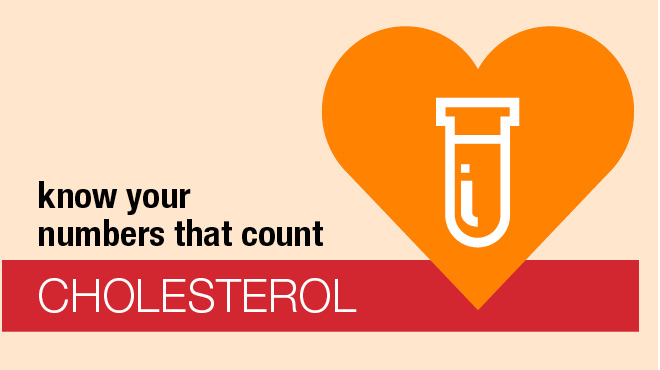
Radiology & Imaging (Diagnostic Imaging)
- Overview
- Bone Density
- CT Scan
- Fluoroscopy
- Interventional Radiology
- Mammography
- MRI
- Nuclear Medicine
- PET Scan
- Ultrasound
- X-ray
Recent Blogs
Magnetic Resonance Imaging (MRI) in Eau Claire
MRI is a technique that uses a magnetic field and radio waves to create detailed images of the organs and tissues within your body. It produces high-resolution images for the provider to examine organs, tissues and the skeletal system to diagnose a variety of issues. This imaging technique is offered in Eau Claire, Wisconsin.
Most MRI machines are large, tube-shaped magnets. When you lie inside an MRI machine, the magnetic field temporarily realigns hydrogen atoms in your body. Radio waves cause these aligned atoms to produce faint signals. These signals are used to create cross-sectional MRI images, like slices in a loaf of bread.
During an MRI
The MRI machine looks like a tube that has both ends open. You will lie down on a movable table that slides into the opening of the tube. A technologist monitors you from another room, and you can talk with that person by microphone.
The MRI machine creates a strong magnetic field around you, and radio waves are directed at your body. The procedure is painless. You don't feel the magnetic field or radio waves, and no moving parts are around you.
During the MRI scan, the internal part of the magnet produces repetitive tapping, thumping and other noises. Earplugs are provided to help block the noise. If you're worried about feeling claustrophobic inside the MRI machine, talk to your health care provider beforehand. Your health care provider may prescribe a sedative for you before the scan.
In some cases, a contrast material, typically gadolinium, may be injected through an IV line into a vein in your hand or arm. The contrast material enhances the appearance of certain details.
An MRI can last up to an hour or more. You must hold still because movement can blur the resulting images.
Since an MRI uses powerful magnets, the presence of metal in your body may be a safety hazard or affect a portion of the image. Before having the MRI, it is important to tell the technologist if you have any metal or electronic devices in your body, including metallic joint prostheses, an artificial heart valve, an implantable heart defibrillator, a pacemaker, metal clips, cochlear implants, a bullet, shrapnel or any other type of metal fragment.
After an MRI
If you have not received a sedative before the scan, you can return to your normal routine immediately.
A radiologist will analyze the images from your scan and report the findings to your primary care provider.
Watch a video about MRI:
-
MRI of the Brain and Spinal Cord
MRI is the most frequently used imaging test of the brain and spinal cord. It's often performed to help diagnose:
- Aneurysms of cerebral vessels
- Disorders of the eye and inner ear
- Multiple sclerosis
- Spinal cord injuries
- Stroke
- Tumors
- Brain injury from trauma
-
MRI of the Heart and Blood Vessels
MRI that focuses on the heart or blood vessels can assess:
- The size and function of the heart's chambers
- Thickness and movement of the walls of the heart
- The extent of damage caused by heart attack or heart disease
- Structural problems in the aorta, such as aneurysms or dissections
- Inflammation or blockages in the blood vessels
-
MRI of Other Internal Organs
MRI may be used to check for tumors or other abnormalities of many organs in the body, including the:
- Liver and bile ducts
- Kidneys
- Spleen
- Pancreas
- Uterus
- Ovaries
- Prostate
-
MRI of Bones and Joints
MRI may be used to help evaluate:
- Joint abnormalities caused by traumatic or repetitive injuries, such as torn cartilage or ligaments
- Disk abnormalities in the spine
- Bone infections
- Tumors of the bones and soft tissues
-
MRI of the Breasts
MRI may be used in addition to mammography to detect breast cancer, particularly in women who have dense breast tissue or who may be at high risk of the disease.


